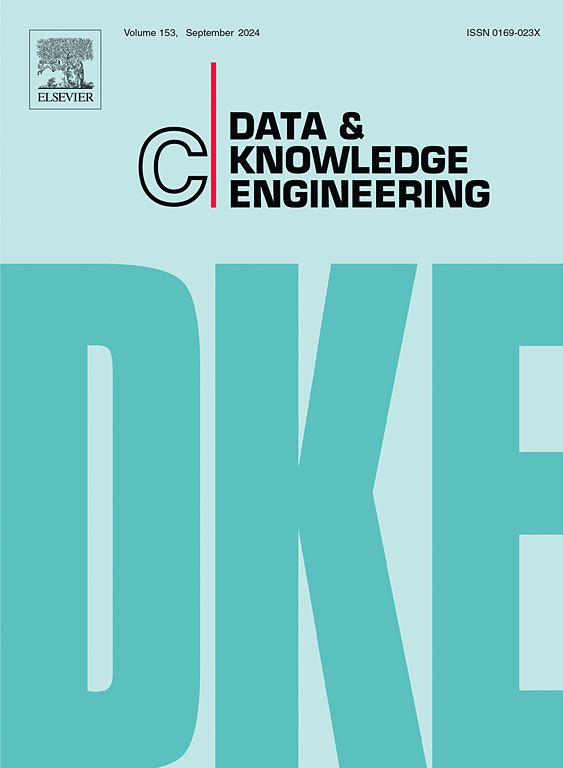Philosophical reflections on conceptual modeling as communication
IF 2.7
3区 计算机科学
Q3 COMPUTER SCIENCE, ARTIFICIAL INTELLIGENCE
引用次数: 0
Abstract
Conceptual modeling is a complex and demanding task. It is a task centered around the challenge of representing a portion of the world in a way that is objective, understandable, shareable, and reusable by a community of practitioners, who rely on models to design and implement software or to clarify the concepts within a given domain. The difficulty of conceptual modeling stems from the inherent limitations of human representation abilities, which cannot fully capture the infinite richness and diversity of the world, nor the endless possibilities for description enabled by language. Significant effort has been invested in addressing these challenges, particularly in the creation of effective and reusable conceptual models, which have presented numerous difficulties. This paper explores conceptual modeling from a philosophical standpoint, proposing that conceptual models should not be viewed merely as the static representational output of an a priori activity, subject to modification only during a preliminary design phase. Instead, they should be seen as dynamic artifacts that require continuous design, adaptation, and evolution from their inception to their application, which may account for multiple purposes. The paper seeks to highlight the importance of understanding conceptual modeling primarily as an act of communication, rather than just a process of information transmission. It also aims to clarify the distinction between these two aspects and to examine the potential implications of adopting a communicative approach to modeling. These implications extend not only to the tools and methodologies used in modeling but also to the ethical considerations that arise from such an approach.
作为交流的概念建模的哲学思考
概念建模是一项复杂而艰巨的任务。这是一项围绕着以一种客观、可理解、可共享和可重用的方式表示世界的一部分的挑战的任务,这些实践者社区依赖模型来设计和实现软件或澄清给定领域内的概念。概念建模的困难源于人类表征能力的固有局限性,无法完全捕捉世界的无限丰富性和多样性,也无法通过语言实现描述的无限可能性。在解决这些挑战方面,特别是在创建有效和可重用的概念模型方面,已经投入了大量的努力,这带来了许多困难。本文从哲学的角度探讨了概念建模,提出概念模型不应仅仅被视为先验活动的静态表征输出,仅在初步设计阶段进行修改。相反,它们应该被视为动态的工件,需要从它们的开始到应用程序的持续设计、适应和进化,这可能有多种用途。本文试图强调将概念建模理解为一种沟通行为的重要性,而不仅仅是信息传递的过程。它还旨在澄清这两个方面之间的区别,并研究采用交际方法建模的潜在含义。这些含义不仅扩展到建模中使用的工具和方法,而且还扩展到从这种方法中产生的道德考虑。
本文章由计算机程序翻译,如有差异,请以英文原文为准。
求助全文
约1分钟内获得全文
求助全文
来源期刊

Data & Knowledge Engineering
工程技术-计算机:人工智能
CiteScore
5.00
自引率
0.00%
发文量
66
审稿时长
6 months
期刊介绍:
Data & Knowledge Engineering (DKE) stimulates the exchange of ideas and interaction between these two related fields of interest. DKE reaches a world-wide audience of researchers, designers, managers and users. The major aim of the journal is to identify, investigate and analyze the underlying principles in the design and effective use of these systems.
 求助内容:
求助内容: 应助结果提醒方式:
应助结果提醒方式:


